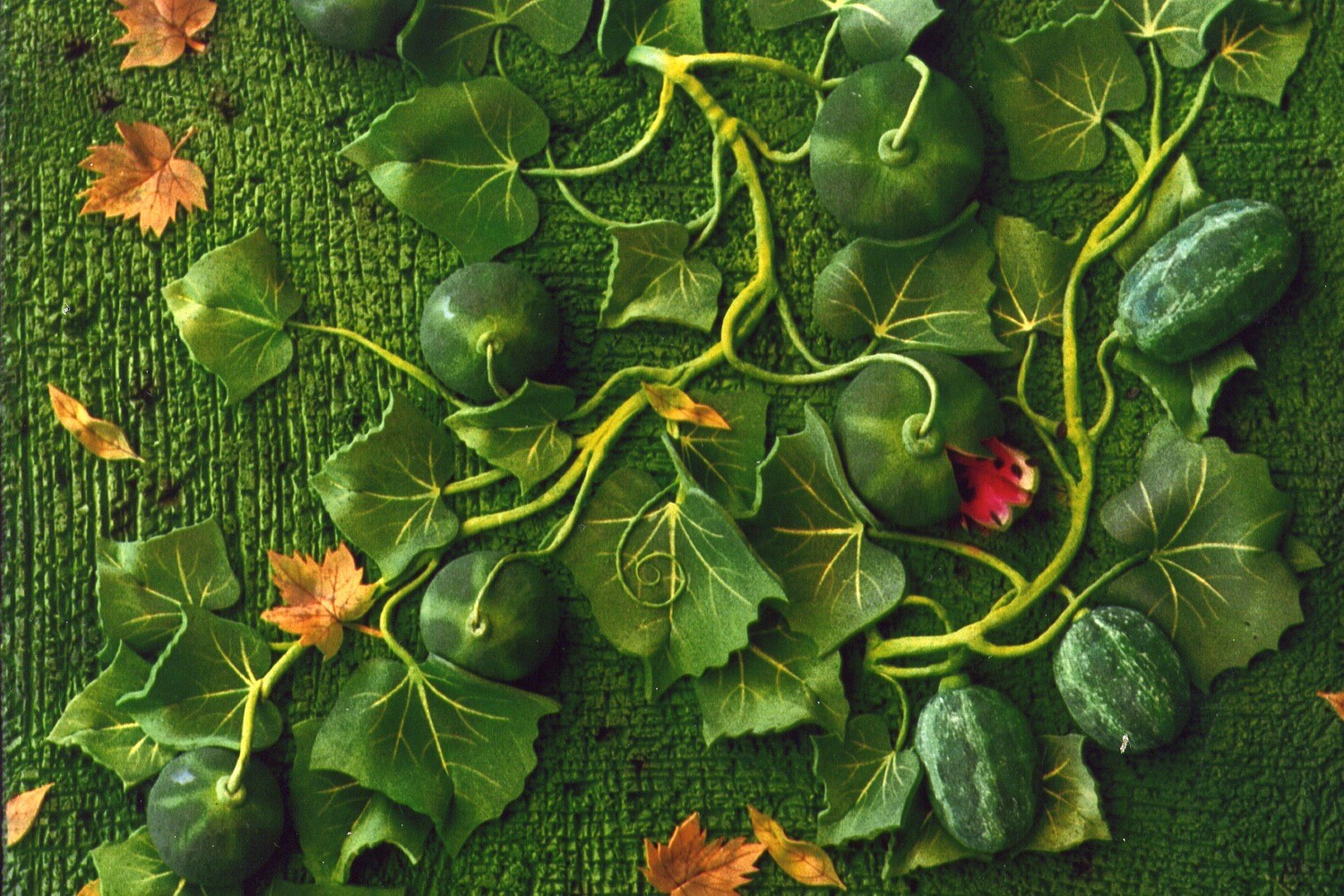April 13–October 15, 2017
Via Guido Reni, 4/a
00196 Roma Italy
Italy
Hours: Tuesday–Sunday 11am–7pm
T +39 06 32486
press@fondazionemaxxi.it
“Art must become part of life, but as life is alienated,
we also need to commit to liberating and disalienating life”
–Piero Gilardi
Piero Gilardi has recreated portions of nature in the form of carpets, reproduced the faces of politicians and industrialists in satirical masks, persuaded protest marchers to push a giant rock together and constructed stones that beat to the rhythm of our heart. He believes in a militant, democratic art free from the market, a positive generator of social transformation. MAXXI is dedicating a major monographic exhibition to Gilardi, NATURE FOREVER, curated by Hou Hanru, Bartolomeo Pietromarchi and Marco Scotini, from April 13 to October 15, 2017.
As the curators explain: “With over 60 works—from the famous Nature-carpets to the interactive installations and through to the Living Art Park of Turin, along with important pieces exhibited for the first time in years or reconstructed for the occasion—the exhibition reviews the career of a master for whom art and life are identified with and become militant commitment, starting out from that as an ecologist. An artist who is also a critic, researcher and political and social activist. For Gilardi, the artistic object goes beyond the purely aesthetic dimension: it is not made to be contemplated but experienced, shared and participated. And it is this interactivity that runs throughout the show.”
NATURE FOREVER presents Gilardi’s 50-year career in which art, criticism and politics are intertwined. From the complex relationship between man and nature, it investigates the era of consumerism and the use of new technologies in a presentation tackling and exploring themes such as ecology, the relational nature of art and social and political commitment. It is divided into four sections, each of which includes both works and archive materials (sketches, texts, original photographs, small works) allowing a comprehensive overview of the artists thinking and poetic.
The first section is devoted to work from the 1960s and includes the Nature-carpets that have made him famous, sculptures in expanded polyurethane, hyper-realistic but artificial representations of natural scenes, a kind of “disguise,” a ritual exorcising the death of nature. The second one focuses on New Media Art: these works are part of that strand of research that from the 1980s led the artist to adopt technology allowing the spectator to actively participate by interacting with the art. The third section features Gilardi’s political animations, from the 60s to the present, some of which are on show in a museum for the first time. When, in the late-60s, he realised that militancy did not enjoy the space in the world of art he had hoped for, Gilardi lost interest in the production of “works of art” and devoted himself to creating “useful” works in the political and social ambit, working in psychiatric institutions, factories and working class areas and collaborating with the student movement. The fourth and final section presents Gilardi the curator and critic: this extremely intensive period is illustrated through archive materials recounting Gilardi’s abandoning of the “art system” in favour of more direct action “within life,” as shown in his political and social work and the project for PAV Parco Arte Vivente, Turin’s Living Sculpture Park, a Contemporary Art Centre, a “museum beyond the museum” opened in 2008 and conceived as single living organism that rather than possessing traditional works is a naturalistic area studded with installations to be constantly tended to through cultural animation and gardening.
The exhibition is accompanied by a catalogue published by Quodlibet, edited by Anne Palopoli, with critical texts by Hou Hanru, Bartolomeo Pietromarchi, Marco Scotini and Valérie Da Costa and a new text by Piero Gilardi.



